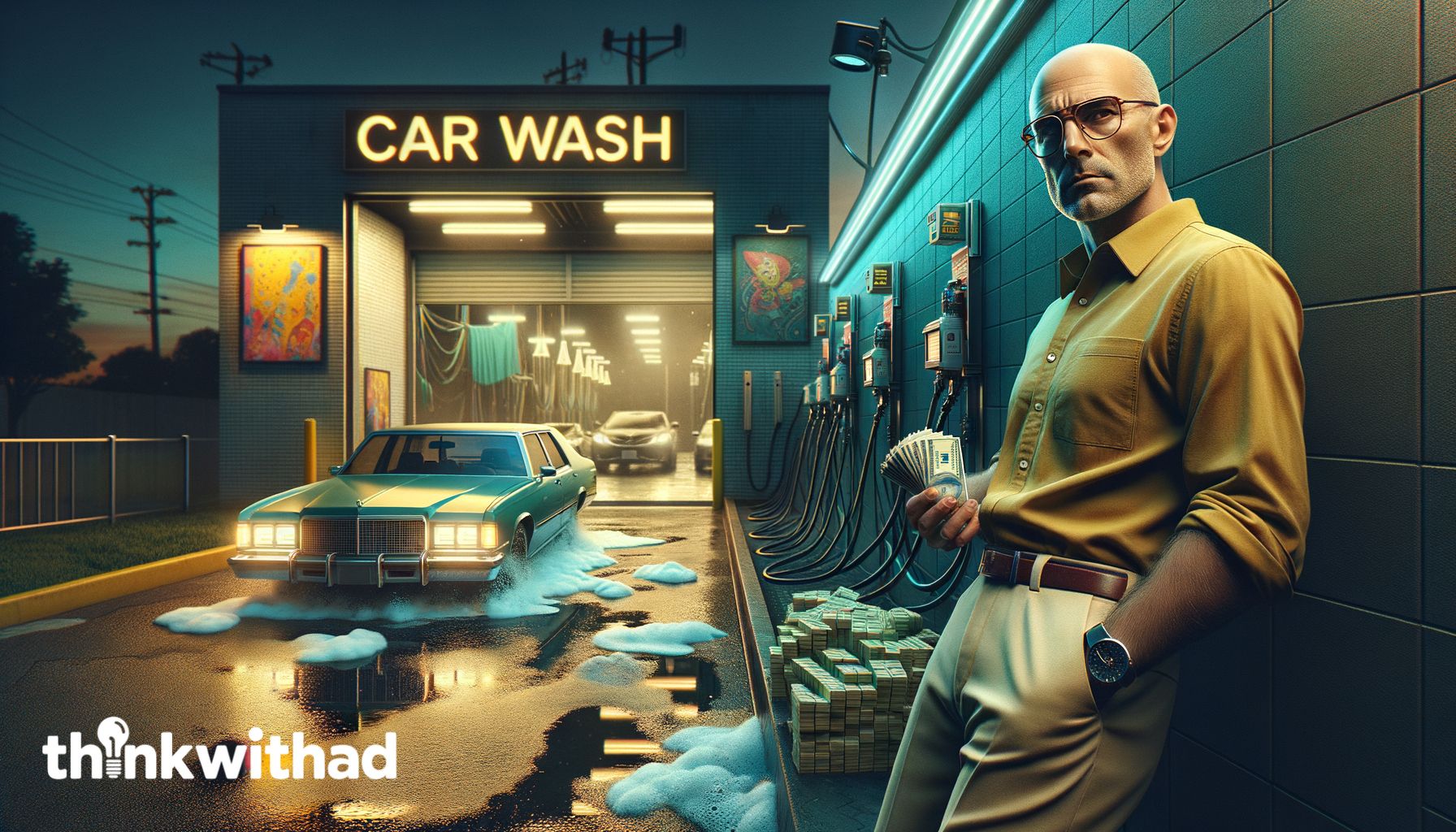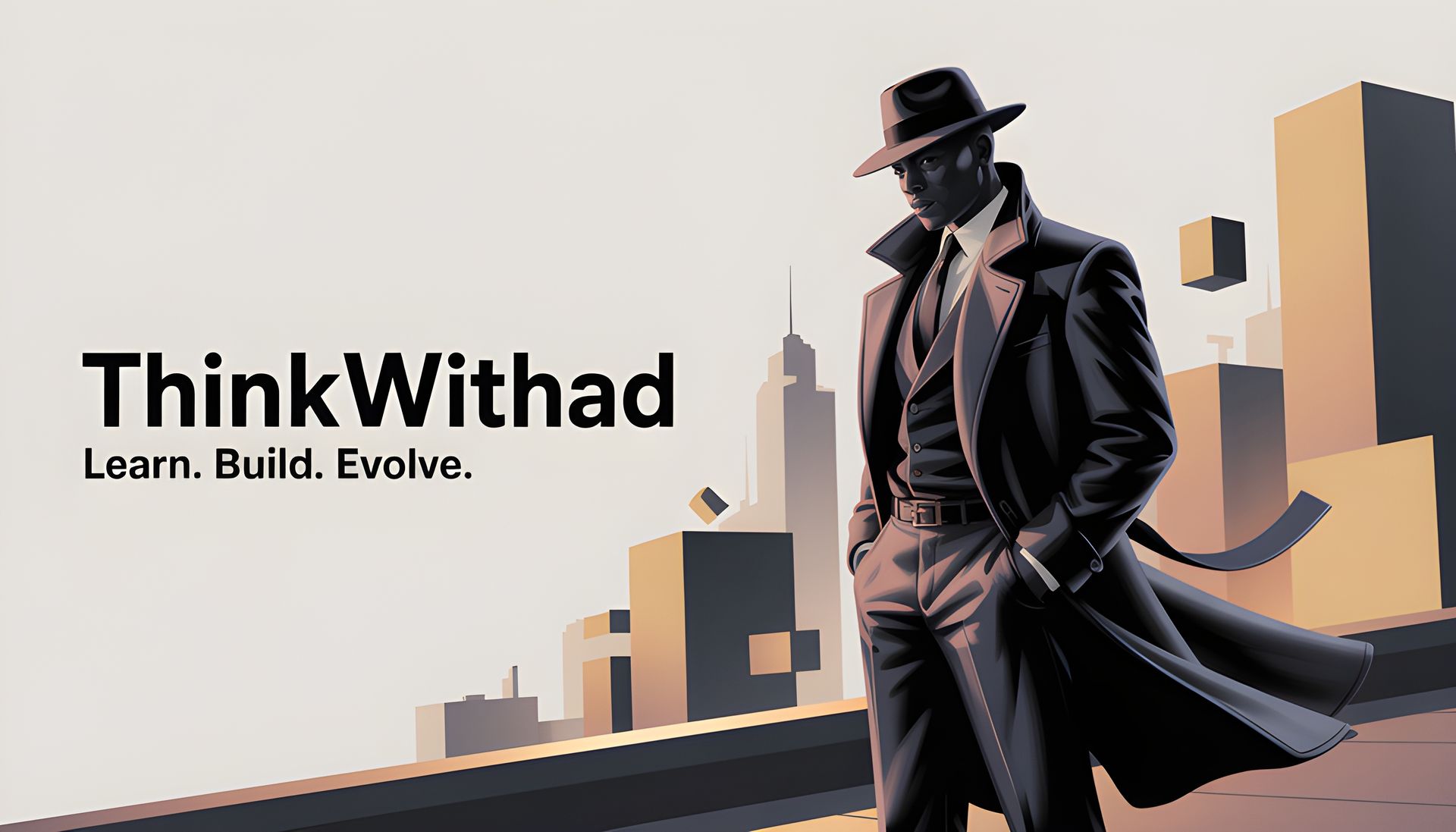Breaking Bad & The Blueprint: How Walter White’s Empire Taught Us Real-Life Money Laundering
Breaking Bad Reveals the Real Tactics of Money Laundering
Let’s be clear from the start: this article is not here to promote or endorse illegal activity. We’re not glorifying crime—we’re analyzing how popular culture reflects the real-world mechanics of criminal enterprises. Breaking Bad, one of TV’s most iconic dramas, pulled back the curtain on more than just meth labs and cartel shootouts. It offered a disturbingly accurate look into the business behind the business: money laundering.
When most people think of Breaking Bad, they picture blue crystals, Jesse Pinkman’s chaotic energy, or Walter White’s slow transformation into the infamous Heisenberg. But under all the chaos and chemistry was a layered story of financial strategy and enterprise. Walt wasn’t just a meth cook—he was a strategist. A tactician. A man who laundered millions through car washes, fake gambling wins, and shell companies while staying (mostly) one step ahead of the law.
This article explores how Breaking Bad broke down the money game—how dirty cash gets “cleaned,” moved, and legitimized. The tactics shown in the series might be dramatized for TV, but many of them mirror real-world practices used by global criminal organizations every day. Think of this as a decoding session: part education, part cultural reflection.
Because in the shadows of entertainment, there’s often a real playbook hiding in plain sight.
1. The Car Wash Game — Turning Dirty Into “Legit”

When Walter and Skyler bought the A1A Car Wash, it wasn’t because they cared about sparkling bumpers. It was a move straight out the underworld playbook: using a cash-heavy business to funnel illegal money into the legal economy.
In the show, they used the car wash’s daily cash flow to “blend” in Walter’s drug money—making it look like it came from regular business activity. On paper, the numbers looked clean. In reality, it was all smoke and mirrors.
Real-World Parallel: This method is used all over the world. Think laundromats, food trucks, clubs, nail salons, strip clubs—any business that deals in high volumes of cash. Criminals overstate sales, pad daily deposits, and use those “legitimate” funds to pay bills, buy assets, or reinvest into more operations. It’s one of the oldest plays in the book, and it's still running today.
Why it works: Most regulatory systems can’t easily detect income inflation unless they audit the business. So if no one’s watching closely, the dirty money disappears into the soap and steam.
2. Smurfing — Breaking the Bank Without Breaking the Law
One of Skyler’s earliest moves was “structuring” deposits. Instead of dumping hundreds of thousands into the bank and triggering IRS suspicion, they broke it into small chunks—always staying below the $10,000 reporting threshold.
This technique is called smurfing. It’s named after the concept of using “a bunch of small people” to carry out the task. In this case, multiple bank deposits that fly under the radar.
Real-World Parallel: Smurfing is rampant in both criminal and white-collar spaces. Whether it's drug traffickers or corrupt CEOs moving bribe money, the goal is the same: keep the transactions small, frequent, and untraceable. Some even recruit friends, family, or runners to spread the money across dozens of accounts.
Legal Tip: Structuring is illegal. Banks are trained to flag patterns, even if the amounts are under the threshold. Once flagged, it can trigger a Suspicious Activity Report (SAR) to the feds. Walter learned that the hard way.
3. Fake Employees — Payroll As A Laundering Tool
In a bold and brilliant move, Skyler started running fake employees through the car wash’s payroll. The goal? Move money from the business to these fake workers, and then quietly cash out that money under clean paychecks.
These ghost employees never existed. But the IRS believed they were real—because everything was on paper: Social Security numbers, tax filings, payroll records.
Real-World Parallel: Shell companies and fake payrolls are common tactics in fraud and laundering. A criminal might create a fake company and “hire” people (often themselves under different identities), pay salaries, and then withdraw or wire that money elsewhere. Because it comes with a paycheck stub and W-2, it appears clean—even to banks and auditors.
Why it’s smart: It mimics the legitimate structure of a business. And when done correctly, it becomes incredibly difficult to trace—especially if those companies exist only on paper.
4. High-Value Assets — Laundering Through Lifestyle
As the series progressed, Walter began converting cash into high-value assets: vehicles, homes, even planning to set up a trust. These aren’t random purchases—they’re strategic. Buying hard assets is one of the most secure ways to clean money.
Why? Because once money is in the form of real estate or luxury items, it becomes “value” instead of “income.” And value, once owned, can be sold, traded, or borrowed against—without needing to disclose the original source of the funds.
Real-World Parallel: Criminals and corrupt elites often park their money in assets that appreciate. Think real estate in Miami or Dubai, diamond-encrusted watches, vintage art, or classic cars. These can later be flipped or used as collateral to pull out more clean cash.
The game: Buy low in cash, sell high later—now with a clean paper trail.
5. Too Much Cash — When Money Becomes A Liability
One of the most honest parts of Breaking Bad is how they show the problem of having too much money. Walter literally ran out of places to stash it. Piles of money hidden in crawl spaces became a visual metaphor for a harsh reality: illegal cash is worthless if you can’t use it without getting caught.
Real-World Parallel: This is why money laundering exists in the first place. Drug dealers, arms traffickers, cyber criminals—once the money is made, they face the real challenge of making it usable. Banks are strict, the IRS is nosy, and paper trails are digital now.
The lesson: Money isn’t power if it’s paralyzed. Laundering is the unlock key.
6. Beyond the Car Wash: Laundering in the Digital Age
Breaking Bad gave us a gritty, street-level view of money laundering—cash-only businesses, cooked books, and car washes rinsing more than just dirt. But in today's world, the game has leveled up.
Welcome to the digital era of laundering, where the money is cleaner, the paper trail is fuzzier, and the players look more like coders than cartel runners.
Modern laundering moves through:
- Cryptocurrencies: Bitcoin, Monero, and other digital currencies are often used to move dirty money across borders without banks or regulators catching wind. It’s fast, borderless, and encrypted—perfect for disappearing funds.
- Online Marketplaces: From shady e-commerce stores to fake freelance gigs, money can be cycled through digital transactions, disguised as legitimate sales or services.
- Shell Companies & Offshore Accounts: Setting up a corporation in another country isn’t just for tax purposes—it’s also a powerful cloak. Many dirty dollars get parked offshore where regulations are loose or nonexistent.
- Micro-Laundering: Instead of cleaning large sums at once, smaller digital transactions are made over time through online payment platforms, gaming environments, or even social apps. Think $50 here, $200 there—barely raising an eyebrow.
These tools might sound complex, but they’re real—and getting easier to access. While Breaking Bad captured the analog grit of laundering, today's criminals use Wi-Fi, not water hoses.
And that’s the part that matters:
What you don’t see is often more dangerous than what’s shown on screen.
What We Can Learn from Breaking Bad’s Blueprint
Breaking Bad wasn’t just a wild ride into the underworld—it was a lesson in systems, risk, and strategy. Behind the violence and meth, there was structure. Every move Walter White made—from choosing a front business to hiding stacks of cash in crawl spaces—showed how criminal empires rely on logistics just as much as they do muscle.
So what can we learn—legally—from all this?
- Systems Beat Hustle: Walt’s downfall didn’t come from the chemistry—it came from loose ends in his systems. Whether you’re running a brand or building an enterprise, your operation is only as strong as the structure behind it.
- Visibility Can Be a Liability: In business and in life, not everything needs to be front and center. Smart entrepreneurs know how to move quietly, build steadily, and keep their real moves low-key until it’s time to show results.
- Money Without a Plan is a Problem: One of the show’s biggest revelations? Making the money was easy—cleaning and using it without exposure was the true puzzle. The takeaway? Income means nothing without a clear, strategic plan for how to manage, protect, and multiply it.
- Ethics Matter More Than Ever: Watching Walt cross line after line makes one thing clear: even the most “logical” bad decision spirals. In the real world, shortcuts might look smart—but they often come with compound interest you don’t want to pay.
Breaking Bad gave us fiction—but it reflected real frameworks. If anything, it’s a reminder to move with intention, build with integrity, and never underestimate the power of structure over chaos.
🧠ThinkwithAD – PULSE
Welcome to PULSE, the thought sector of ThinkwithAD.com, where strategy, culture, money, and power collide. We break down the mechanics behind media, entertainment, real-world moves, and how they all intersect with the game of life.

⚠️Disclaimer: This article is for educational and informational purposes only. It is not an endorsement of illegal activity, nor a guide to money laundering. The goal is to explore the tactics depicted in entertainment through a lens of real-world relevance, awareness, and caution. Always move smart. Always move legal.